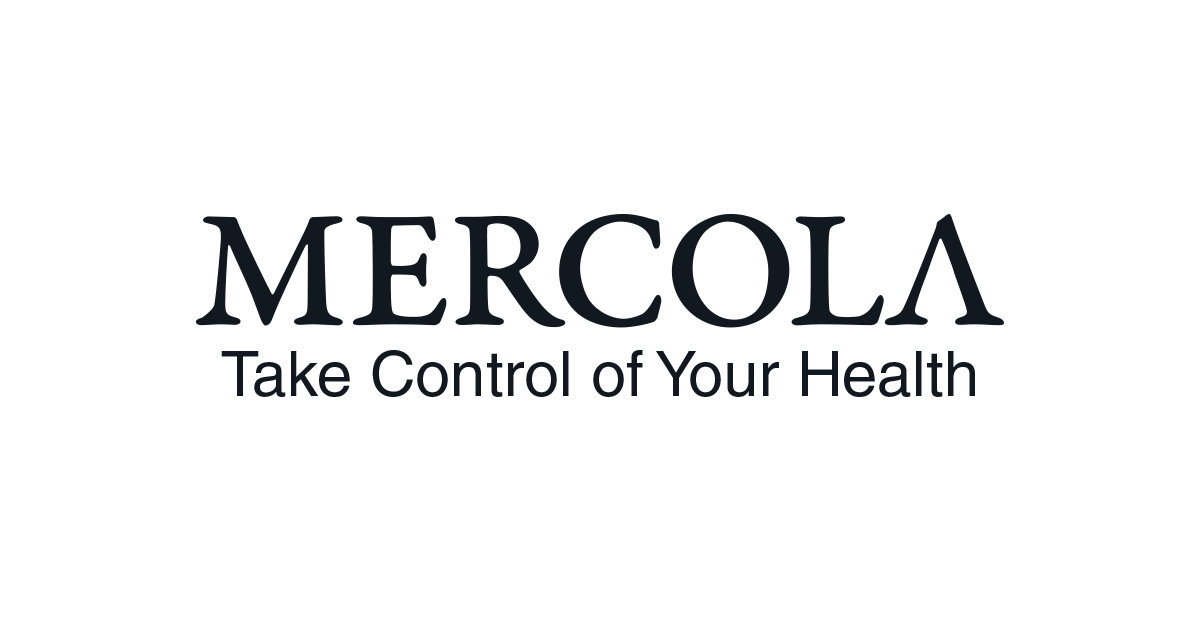
Diabetes is now an epidemic, with 38.4 million folks in America residing with the situation and nicely over 1 / 4 of the nation (97.6 million) labeled as having prediabetes. And like most public well being crises, it isn’t affecting all communities evenly. Black, Native American, and Hispanic people expertise diabetes at greater than double the speed of White folks resulting from a wide range of systemic inequities and cultural elements.
In some geographic areas, like Texas, the stark disparities are claiming 1000’s of limbs — and 1000’s of lives — resulting from issues from untreated foot ulcers that result in decrease extremity amputations and a ensuing five-year mortality threat of almost 60%.
As The New York Occasions defined in a current characteristic, Texas has one of many highest charges within the nation for diabetes-related amputations, accounting for about 52 per 100,000 hospital admissions. In locations like San Antonio, which has a big Mexican American inhabitants, suppliers estimate that just about half of adults over 40 are more likely to have diabetes, contributing to the area’s extreme mortality fee tied to the situation.
Numerous these persons are uninsured or on Medicaid, are most snug speaking in languages apart from English, and should have extra comorbidities on prime of complicated socioeconomic boundaries. Consequently, the highest-needs communities are incurring huge prices to the healthcare system whereas nonetheless falling by means of the cracks.
To alter the trajectory of outcomes for folks susceptible to main issues from diabetes, well being plans want to seek out progressive, proactive, and culturally delicate methods to work with these teams. It begins with small, sustainable modifications together with constructing reliable relationships, speaking within the member’s most well-liked language and channel, and providing empathy and schooling to folks residing with diabetes.
Constructing belief to encourage human engagement and remedy adherence
Many communities of shade have historic causes to distrust the fashionable healthcare system, resulting in decrease ranges of engagement and delays in addressing scientific considerations. And as The New York Occasions notes, many individuals (particularly males) face extra stigmas towards the “weak point” of looking for out look after seemingly minor considerations, probably contributing to the truth that males in San Antonio are 3 times extra probably than ladies to expertise an amputation associated to complicated diabetes.
Breaking by means of these misconceptions is vital to connecting folks residing with diabetes with care and fostering relationships that encourage ongoing adherence to drugs, self-monitoring, and collaboration with suppliers and well being plans.
Because it’s no secret that many members keep away from selecting up the cellphone when their well being plan calls, Medicaid plans ought to contemplate getting artistic about leveraging companions which are already trusted inside the group.
This might imply working with native non secular organizations on blood sugar testing or foot examine occasions; sponsoring a farmers market with courses about wholesome swaps for conventional dishes; collaborating with social media influencers on the significance of preventive care; or working with suppliers, diabetes machine producers, and life-style teaching providers to provide members a better on-ramp into managing their long-term well being.
Making a trusted presence that reveals understanding of the group and dedication to its well-being would be the first step towards constructing relationships and lowering social boundaries to diabetes care.
Speaking in a transparent, culturally delicate method
Changing consciousness into actionable relationships depends upon clearing communication hurdles, resembling reaching sufferers through their most well-liked channels and of their most well-liked language.
In areas like Texas, the place near 30% of residents converse Spanish at house, English-only communications are more likely to be ineffective for numerous folks. One thing so simple as making supplies obtainable in Spanish, in addition to English, may have an outsized affect on care, as one Medicaid well being plan serving a number of areas of Texas, together with El Paso, rapidly came upon.
After introducing Spanish language textual content messages, it took lower than a 12 months for lots of of members to proactively attain out to scientific employees of their most well-liked language in search of help and insights particular to managing issues from diabetes.
For one more plan serving a extremely culturally various inhabitants within the Northeast that speaks greater than 20 main languages, a language line providing a big selection of interpreters helped be certain that members may talk freely with outreach employees from a diabetes distant monitoring machine companion. The well being plan prioritized accumulating information on most well-liked languages up entrance to make sure that the appropriate interpreter can be obtainable to help with constructing belief and enhancing engagement to spice up outcomes over time.
Educating with empathy to foster long-term relationships
As soon as members are conscious of the necessity for diabetes-centered care and open to participating within the course of, plans should present actionable schooling, teaching, and providers to stop issues.
Whether or not coming immediately from a plan or from a companion, these interactions should be tailor-made to the wants of every particular person and acknowledge the truth that not all members have the capability or sources to remain on monitor with their care.
Along with utilizing inhabitants well being analytics to determine focused socioeconomic vulnerabilities, plans can make use of motivational interviewing methods to determine a member’s baseline talents to entry and cling to care.
Working with an interpreter or on their very own, outreach employees ought to ask open-ended questions in regards to the member’s challenges, intrinsic motivations, and objectives. These questions might reveal whether or not a member is feeling overwhelmed by their many well being points and is in want of in depth help or if they’re annoyed by a particular barrier that may be simply addressed with an current plan profit.
Throughout these interactions, regardless of how lengthy they take, outreach employees ought to try to make members really feel like their prime precedence through lively listening, empathy, and a collaborative method to downside fixing.
In Texas and elsewhere within the nation, assembly members the place they’re of their healthcare journey is important for holding traces of communication open and creating the appropriate situations for folks to proactively hunt down diabetes care. By using culturally delicate care and communications methods and prioritizing the individuality of their members, well being plans can successfully break down boundaries and join all folks with the instruments they should dwell more healthy, longer lives freed from the issues of unmanaged diabetes.
Flickr person moodboardphotography https://www.flickr.com/photographs/67835627@N05/


